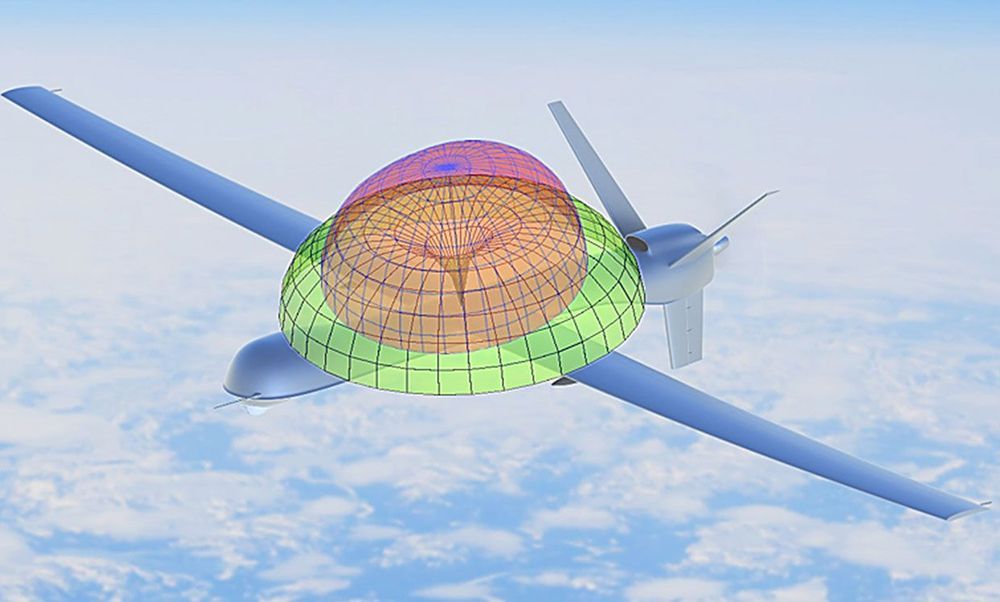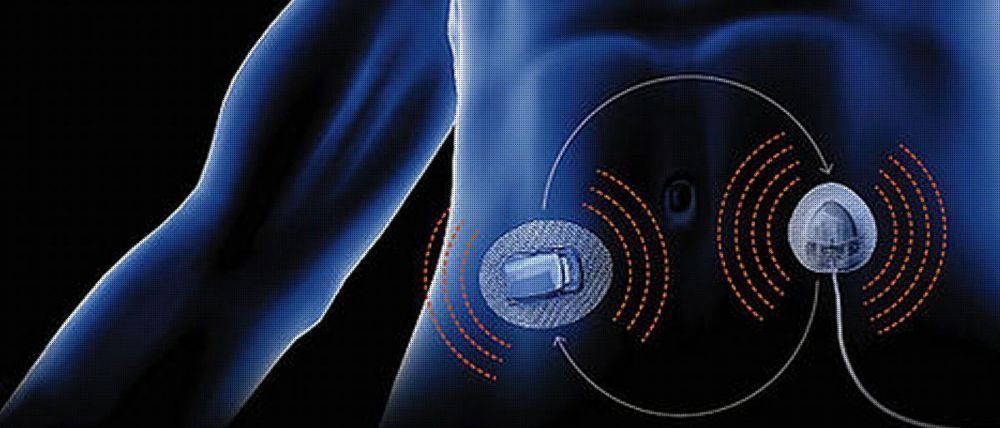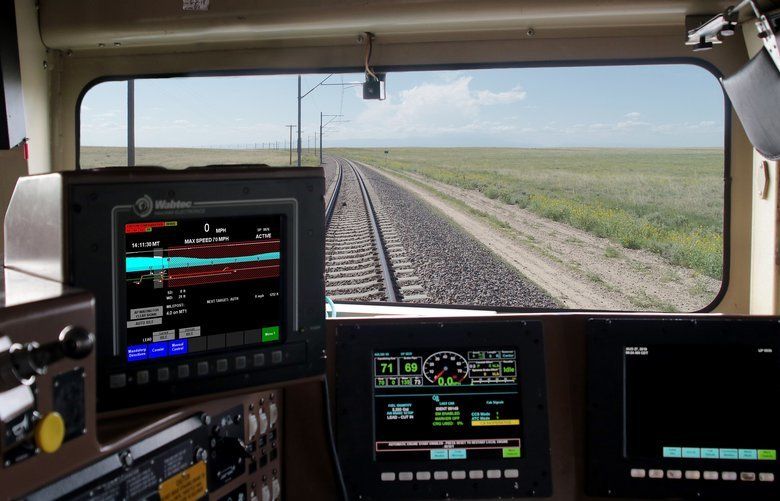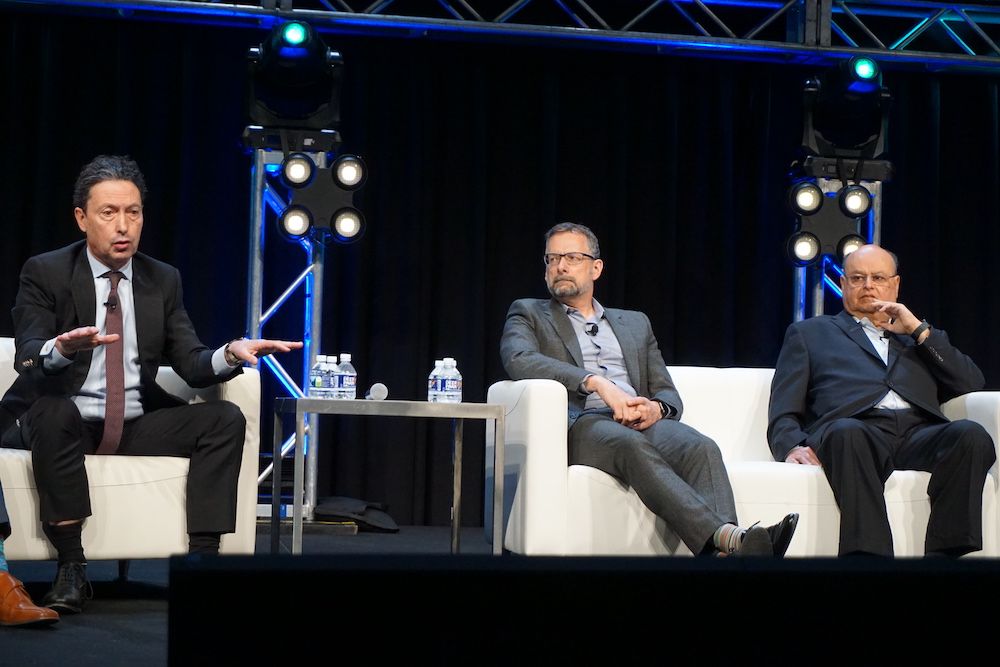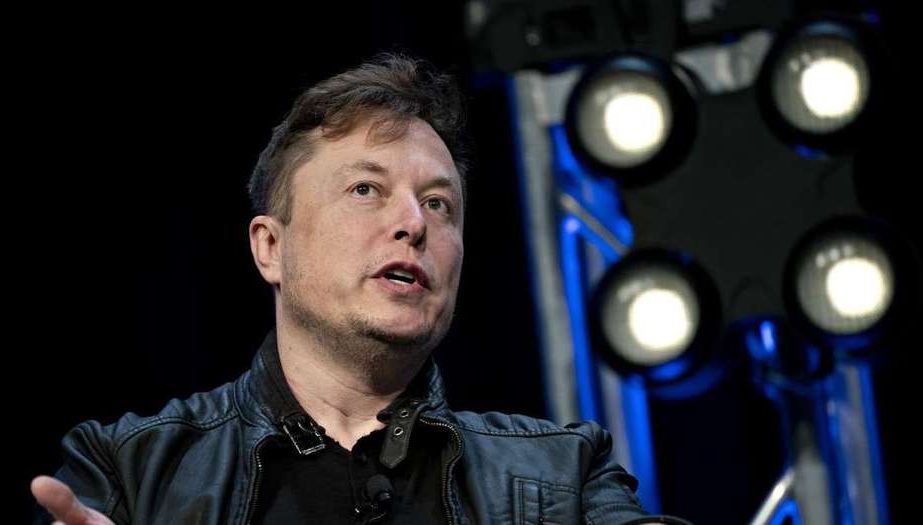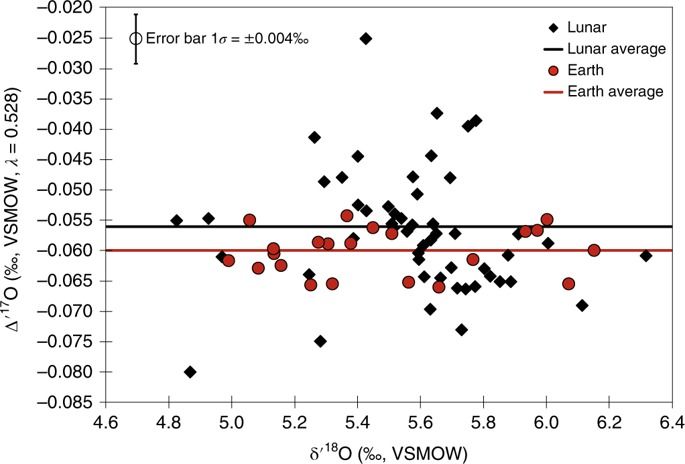A group of Chinese researchers has developed a compact, sabre-like antenna for unmanned aerial vehicles (UAVs) that can switch between two radiation patterns for better communication coverage. They describe their work in a study published 26 February in IEEE Transactions on Antennas and Propagation.
For UAVs cruising at high speeds, it’s desirable to have small, aerodynamic antennas that limit drag but can still yield sufficient bandwidth and coverage. Zhijun Zhang, a researcher at Tsinghua University, notes that sabre-shaped antennas are beneficial in the sense that they are very aerodynamic—but there is a major limitation that comes with this design.
“Conventional sabre-like antennas generate a donut-shape radiation pattern, which provides an omnidirectional coverage and is ideal for air-to-ground communication. However, a donut-shape pattern has a null at its zenith,” Zhang explains.
